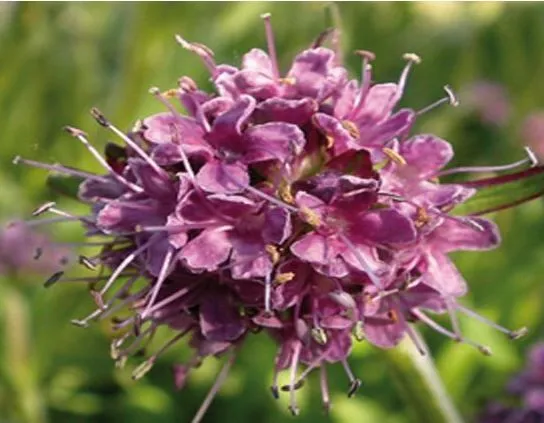SPIKENARD OIL

Details
| Botanical Name | Nardostachys grandiflora DC. |
| Synonym | Rhododendron hypenanthum Balf. f. |
| Family | Valerianaceae |
| Local Name | Jatamansi, Bhulte |
| English Name | Spikenard |
Plant Description
Spikenard is 10 to 60cm tall perennial rhizomatous herb found in the sub alpine and alpine regions of Nepal. It is found within the altitudinal range of 3600m to 4500m in open rocky places. The rhizomes are aromatic, brown in colour and covered with hairs. Leaves arises from the base of main flowering stem and are slender and elongated, elliptic-lanceolate. Flowers arise in the top of flowering stalk and are minute, pinkish white in colour. flowering occurs in June-August and fruiting in August-September. The rhizomes are mostly collected by uprooting the whole plant during September-November.
Extraction
Spikenard is extracted from the steam distillation of fresh or dried rhizomes of Nardostachys grandiflora . Yield percentage of Valerian oil ranged from 0.5% to 1.8% on dry weight basis. The amount of Spikenard oil varies depending upon the age of the plant, habitat and drying and storage method. Generally, the higher levels of essential oil content have been reported in populations growing in rocky and drier habitats as compared to meadows and scrublands.
Uses
Nardostachys grandiflora has medicinal, social and commercial uses. Rhizomes are used in wounds, cold
and cough, chronic fever due to poisioning, high blood pressure, stomach disease. They are also used to
treat conjunctivitis, gastritis, dyspepsia, piles, mental disorders and diabetes. The oil have anti inflammatory,
antipyretic, antiseptic, astringent, carminative, laxative, sedative uses.
The oil is used in various industrial preparations such as in perfumery and hair care products.